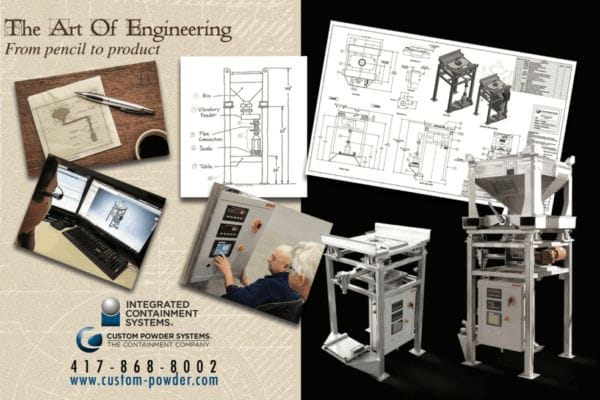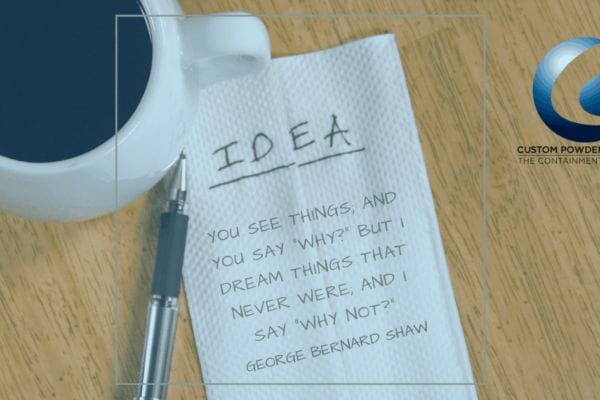Today, a large portion of the population wears eyeglasses or contacts regularly. But how long ago would you suppose corrective lenses were first utilized? 100 years ago? 500? 1,000? How about over 2,000? Yep, that’s right. Check out this article to learn the early origins of these incredibly useful tools.
Glasses have become pretty standard fare for a lot of individuals. It is estimated that 75% of the US population requires some sort of vision correction. Can you imagine what life would be like if that many people couldn’t see properly? Thankfully, the invention of modern-day corrective lenses began many centuries ago.
Magnifying Spheres
The earliest iteration of corrective lenses is commonly traced back to Ancient Rome, where philosopher Seneca the Younger brought spheres of glass and jewels for Emperor Nero to use for magnification. It was discovered that concave lenses could be used to enhance and enlarge small objects such as letters or organisms. Surprisingly, however, it took nearly a millennium for this early discovery to evolve into a more sophisticated design.
During the Renaissance, European inventors stumbled upon the writings of Muslim mathematician and scientist Alhazen which described the properties of convex lenses. Research and development began to take hold, and, in 1286, Italian friar Dominican Giordano da Pisa created what is believed to be the world’s first pair of eyeglasses. These were designed to be held in front of the face or perched on the nose.
Eyeglasses Continue to Evolve
Because the materials initially used to make eyeglasses were so expensive (e.g. crystal, leather, animal horns), they were largely only available to the wealthy. However, as literacy rates began to boom in the 15th century, demand for more affordable glasses quickly grew. The lenses shifted to being made out of glass, which was able to be manipulated to serve a greater spectrum of near/farsightedness needs.
The next (and debatably most useful) development in eyeglasses was becoming hands-free in the 18th century as they gained support to be held over the ears. Soon after, Benjamin Franklin introduced the concept of bifocals, and George Airy created lenses that would correct astigmatism. Then, as the Industrial Revolution greatly improved manufacturing processes, eyeglasses finally began to be available to nearly everyone.
Lighter, Cheaper, and More Convenient
Over time, eyeglasses continued to become lighter and cheaper with both frames and lenses able to be made from plastic. Protective coatings were also added to reduce glare and UV light for the wearer. Today, eyeglasses can be customized to help correct vision impairments all over the spectrum.
In recent years, we have also seen the contact industry take off, allowing an even more hands-free version of corrective lenses that are more convenient for many individuals. First made from glass in 1887, these “in-eyeglasses” went through about a century of development until they reached the soft gel versions that are most commonly worn today. Ironically, after thousands of years of experimentation, it seems that contacts are the most similar to the original magnifying spheres of glass.
It’s no question that the invention of corrective lenses made a huge impact on the world. We at Custom Powder Systems love to see how technology develops over time. If you have a game-changing idea that you’d like to bring to life, let us know how we can help!
To learn more about Custom Powder Systems and the art of engineering, sign up for our newsletter.







